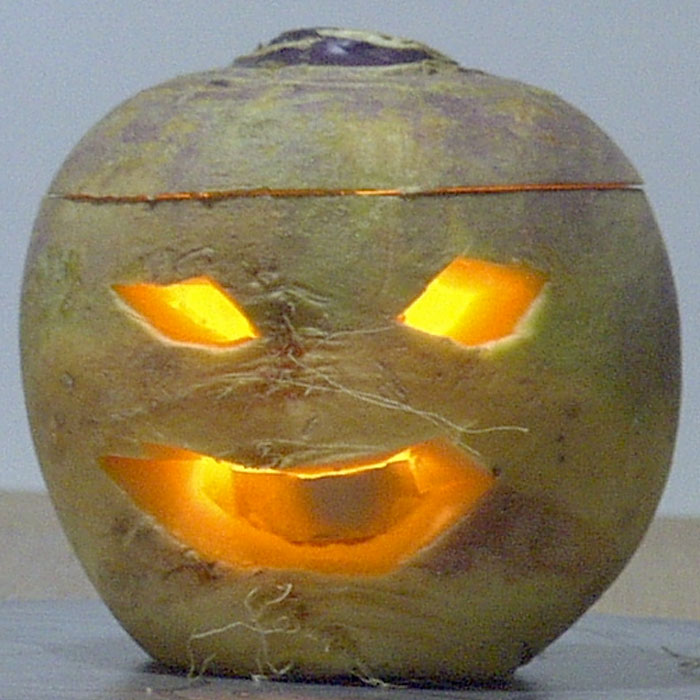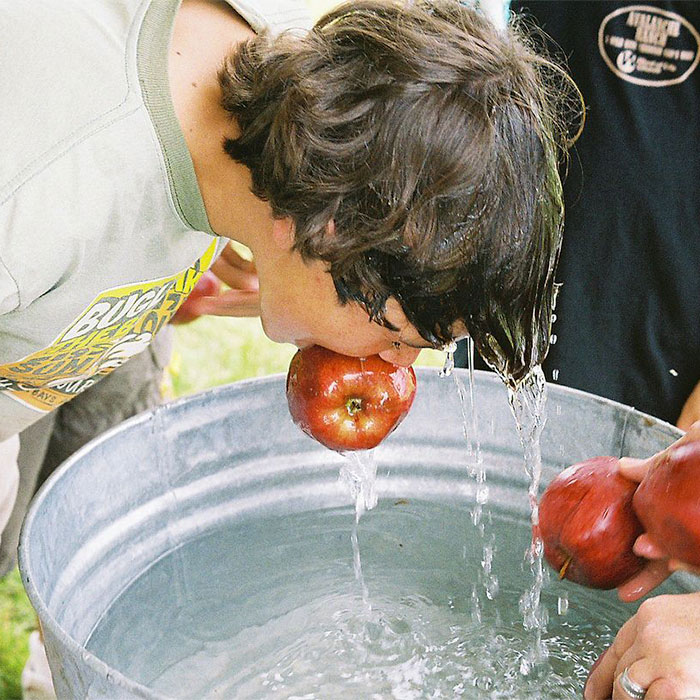
1. Bobbing.
Bobbing for apples, called “snap apple” in parts of Ireland and Newfoundland, comes to the Halloween tradition from Samhain (pronounced sahwin), the Celtic harvest and day-of-the-dead festival. The first person to get an apple would be the next to marry—a painful process, since the apple theme would continue through the wedding celebration with the throwing of apples, which mercifully morphed into the throwing of rice. Apples are a symbol of fertility. Marriage is hard.
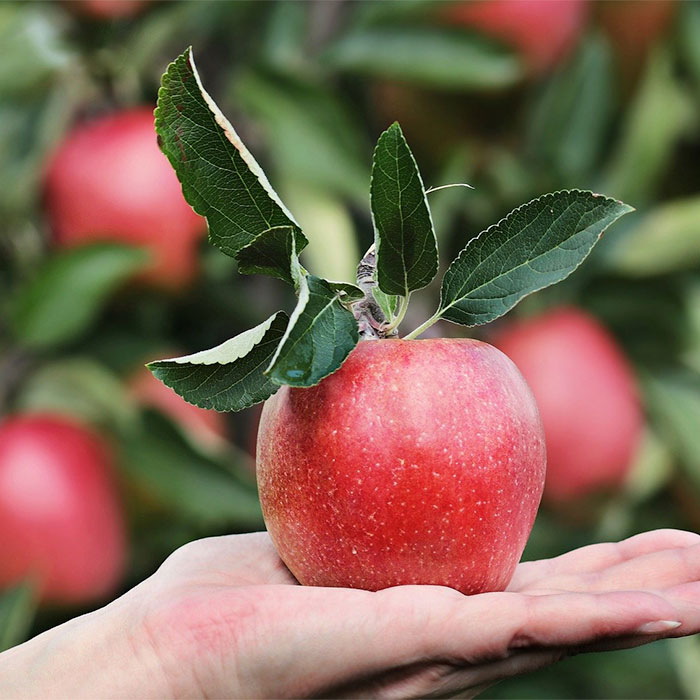
2. Is it safe?
Common sense dictates that you shouldn’t put your face in a bucket of water in which other people have opened their mouths. People have been coming up with other games even before Covid. One way to play is to hang apples on strings instead of in water. Or you can try to fish apples out of the water with a pair of chopsticks rather than your teeth.
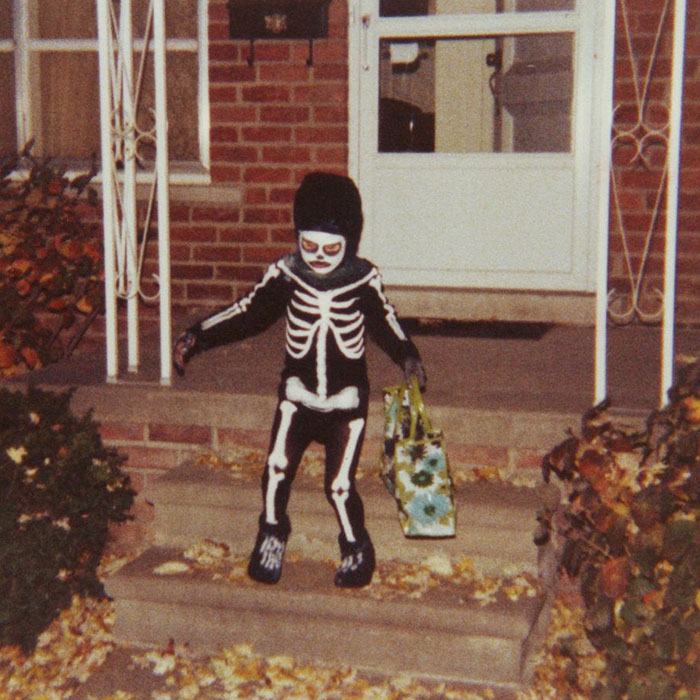
3. “Halloween ap-ples!”
Either you know what this means or you don’t. It was a common request on the prairies on Halloween night, less threatening than “trick or treat”. Any Winnipegger over 45 knows how to sing it out into the frozen night. In Ontario and Eastern Canada, people would ask why on earth you’d want apples instead of candy.
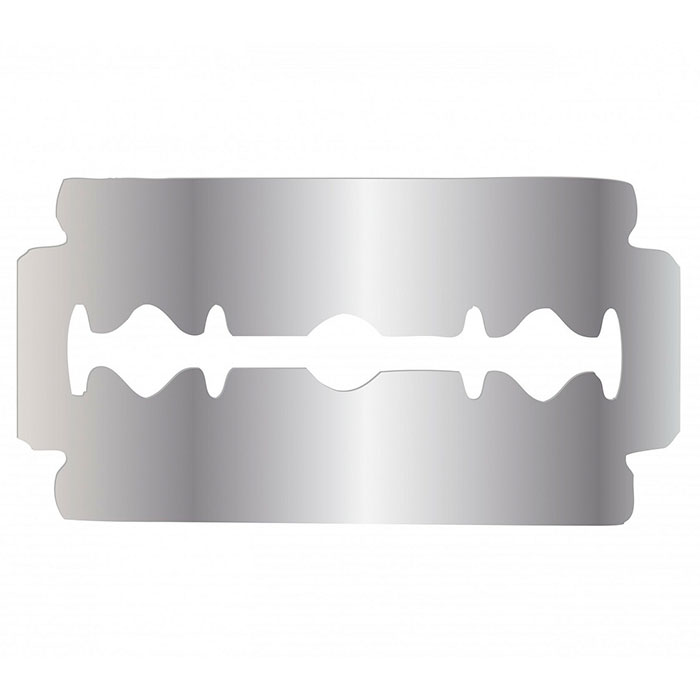
4. Apples for Halloween?
Yes kids, folks really did used to put apples in our trick-or-treat bags. In addition to making the bag too heavy, they were something readily available at home, unlike chocolate bars. The tradition ended when completely unfounded scares about razor blades hidden in the fruit started to circulate; in fact, there has never been a substantiated case of a child hurt by Halloween treat tampering. Nonetheless, apples are now rare. The people who used to give them out now give toothbrushes and pencils, which are at least lighter.
5. Turnip-o-lanterns.
The original candle-in-a-vegetable was done with turnips, not pumpkins, and in the British Isles it was not originally associated with Halloween. Personally, having been bested by more than one pumpkin on Halloween, trying to hollow out and carve a turnip sounds like a real bloodletting.
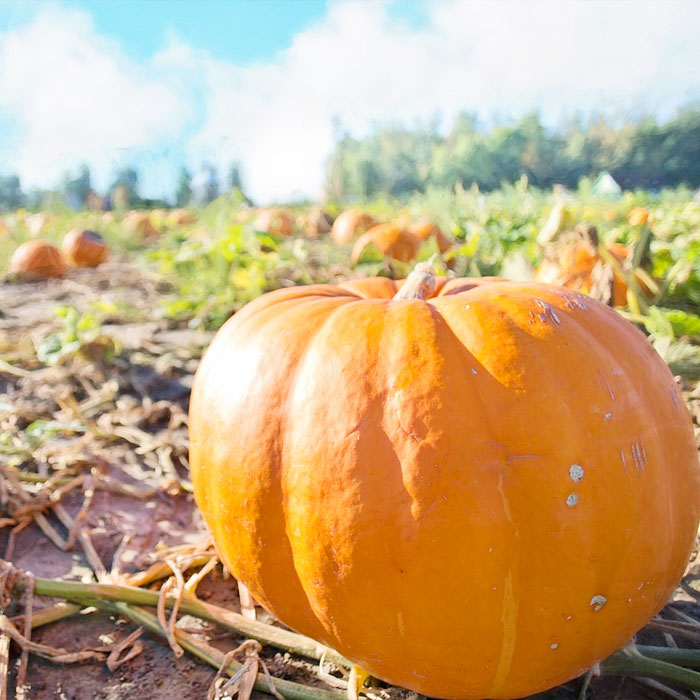
6. Giant pumpkins.
If you want to grow really, really big pumpkins, start by choosing seed selected for the purpose. Once the pumpkins are about the size of volleyballs, remove all but your very favourite from the vine. Keep it watered consistently. Allow most of the vine to touch the ground, where it will develop adventitious roots, but keep the vine quite slack around the pumpkin or as the pumpkin grows the vine will be under strain and either break or pull the pumpkin down sideways.
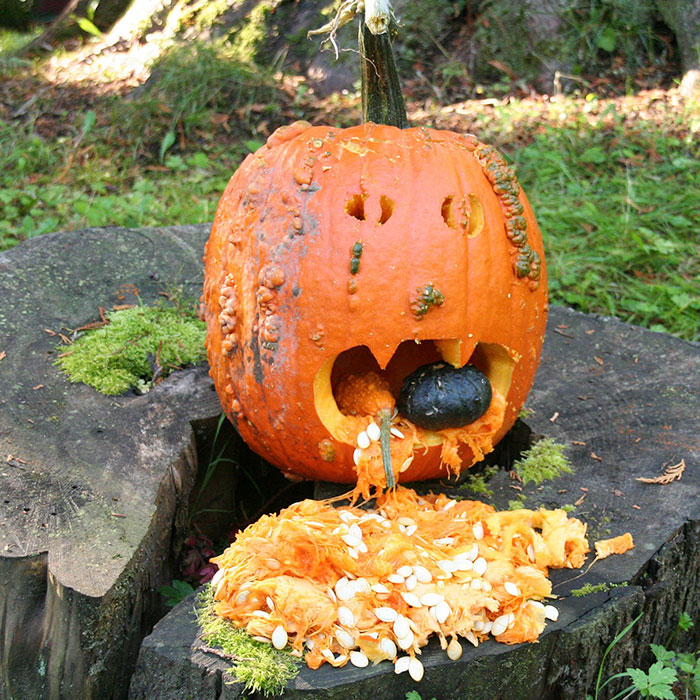
7. Carving pumpkins.
Somehow my dad always carved good and scary Jack-o’-lanterns with nothing but a big kitchen knife. Nowadays you are supposed to have special purpose saws, picks and scalpels and follow a pattern. Either way, here are a couple of tips you may not have heard before: 1) if you need your carved pumpkin to last a long time, soak it in cold water; 2) after you’ve carved the pumpkin, light a candle, put the lid on for 30 seconds and blow out the candle. Take the lid off and look for the scorched part—that’s where you should drill a small chimney.
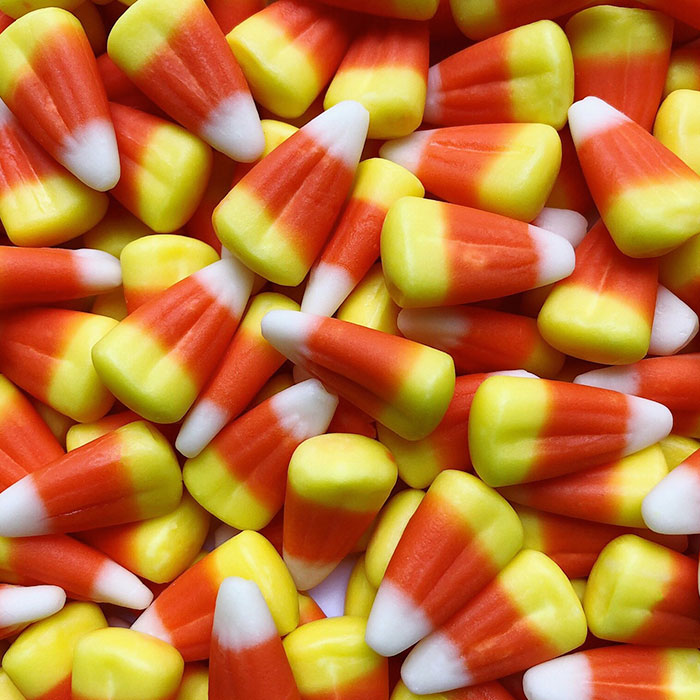
8. Candy corn.
A bigger tradition in the US than in Canada, these yellow, orange and white candies are a big seller at Halloween. About 20-million pounds of the kernels are sold every year. Brach’s, the top producer of the candy, claims that one-year’s worth of their product, placed and to end, would circle the globe 4.25 times.
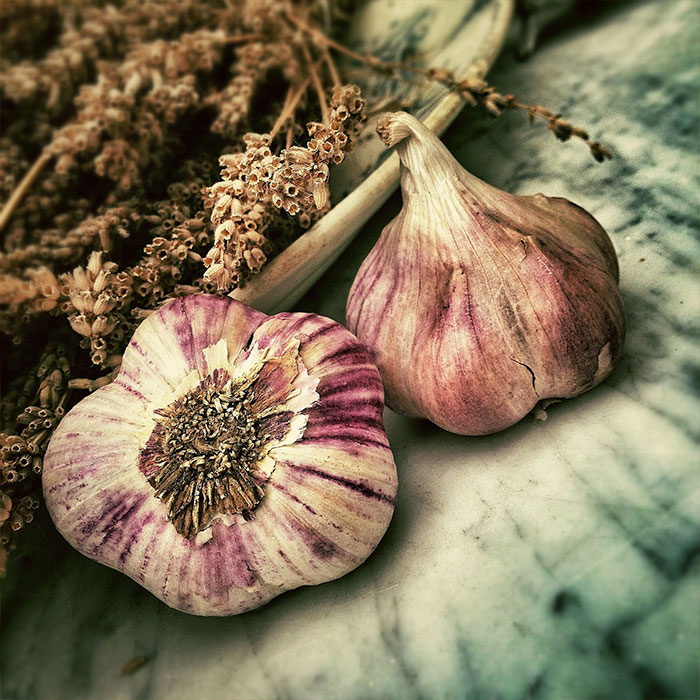
9. Garlic.
An excellent ward against vampires, garlic also repels werewolves and demons. The best guess on the origin of this tradition is linked to the many curative properties of garlic, which, among other things, is an antiseptic. Specifically, garlic was thought to prevent rabies at least as far back as Aristotle.

10. Garlic substitutes.
You can also destroy a vampire with a branch of wild rose or hawthorn. A German vampire can be done in if you can manage to get a lemon into his mouth. Or forestall the problem by sprinkling the roof of your house with mustard seed.
– Shauna Dobbie Copyright©
Pegasus Publications, Inc.
